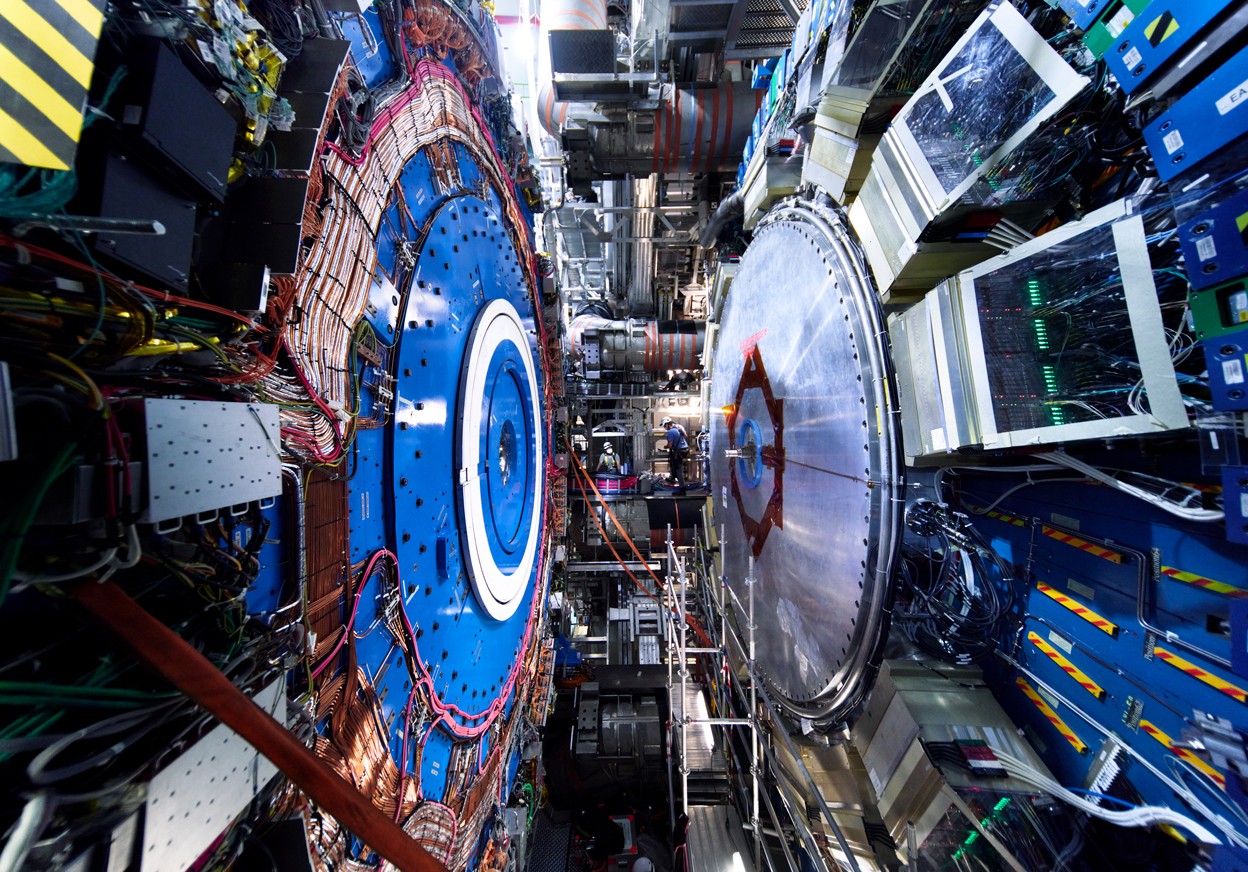by ELIZABETH GIBNEY

Physicists are celebrating ten years since the Higgs boson’s discovery. But many of its properties remain mysterious.
On 4 July 2012, physicists at CERN, Europe’s particle-physics laboratory, declared victory in their long search for the Higgs boson. The elusive particle’s discovery filled in the last gap in the standard model — physicists’ best description of particles and forces — and opened a new window on physics by providing a way to learn about the Higgs field, which involves a previously unstudied kind of interaction that gives particles their masses.
Since then, researchers at CERN’s Large Hadron Collider (LHC) near Geneva, Switzerland, have been busy, publishing almost 350 scientific articles about the Higgs boson. Nevertheless, many of the particle’s properties remain a mystery.
On the ten-year anniversary of the Higgs boson’s discovery, Nature looks at what it has taught us about the Universe, as well as the big questions that remain.
5 things scientists have learnt
The Higgs boson’s mass is 125 billion electronvolts
Physicists expected to find the Higgs boson eventually, but they didn’t know when. In the 1960s, physicist Peter Higgs and others theorized that what’s now called a Higgs field could explain why the photon has no mass and the W and Z bosons, which carry the weak nuclear force that is behind radioactivity, are heavy (for subatomic particles). The special properties of the Higgs field allowed the same mathematics to account for the masses of all particles, and it became an essential part of the standard model. But the theory made no predictions about the boson’s mass and therefore when the LHC might produce it.
In the end, the particle emerged much earlier than expected. The LHC started gathering data in its search for the Higgs in 2009, and both ATLAS and CMS, the accelerator’s general-purpose detectors, saw it in 2012. The detectors observed the decay of just a few dozen Higgs bosons into photons, Ws and Zs, which revealed a bump in the data at 125 billion electronvolts (GeV), about 125 times the mass of the proton.
The Higgs’ mass of 125 GeV puts it in a sweet spot that means the boson decays into a wide range of particles at a frequency high enough for LHC experiments to observe, says Matthew Mccullough, a theoretical physicist at CERN. “It’s very bizarre and probably happenstance, but it just so happens that [at this mass] you can measure loads of different things about the Higgs.”
The Higgs boson is a spin-zero particle
Spin is an intrinsic quantum-mechanical property of a particle, often pictured as an internal bar magnet. All other known fundamental particles have a spin of 1/2 or 1, but theories predicted that the Higgs should be unique in having a spin of zero (it was also correctly predicted to have zero charge).
Nature for more
